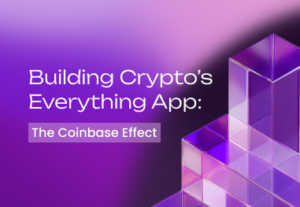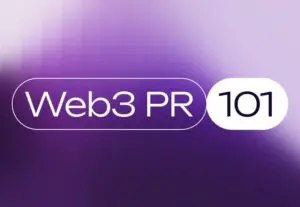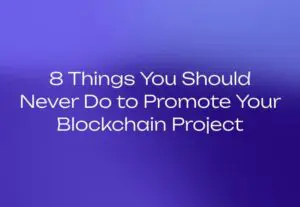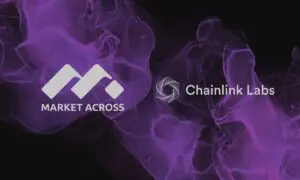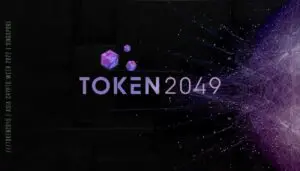Introduction
You’ve spent months, maybe even years, building your tech, perfecting your tokenomics, and finalizing your protocol. You’ve poured everything into getting the project ready for its big debut. But what comes after the “hello, world” post?
This is where many founding teams, hyper-focused on the build and all its technical requirements, find themselves somewhat unprepared.
Your project may well be ready for the spotlight, but if you don’t have a PR plan, your debut might just get lost in the noise.
Therefore, public relations in Web3 must become an ongoing process for your business. It will involve launching with immediate impact, meticulously shaping narratives, and staying consistently visible for a long time.
Our team at MarketAcross has already guided countless projects from obscurity to prominence. Now, we’re sharing our methods so you can lead with confidence.

Laying the PR Groundwork Early
The reality of effective PR is that it actually takes effect before the official announcement, not after. Successful launches are the culmination of months of strategic and arduous groundwork. If you fail to prepare, prepare to get lost in the noise (no matter how revolutionary your tech is).
1. Build Relationships First
Your first step isn’t to blast out a press release. It’s much more subtle than that. You need to begin building some genuine relationships.
Start by following journalists, founders, and creators on X and engaging with their content meaningfully.
Try asking questions and reposting their articles. This will serve two needs. Firstly, it will get your project on their radar, and secondly, it will help you learn what they are passionate about for any future interactions.
2. Be Relevant
You need to find some common ground to connect with journalists and creators. Sending cold emails to unload your masterful innovation probably won’t receive a lot of traction.
In general, journalists cover specific beats, so it’s much more impactful to send a relevant, well-timed pitch to a targeted reporter than it is to send an unsolicited email to a stranger who may not even cover your topic.
Relevance is a huge step towards building trust and making sure your project gets seen as a genuine story, not just another message sitting in their inbox.
3. Attend Key Events
Think of conferences, side events, X Spaces, and hackathons as your on-the-ground intelligence missions. As you shake hands and make your way around, you’ll also have a chance to absorb the key narratives and hot topics currently shaping the industry.
With this knowledge in hand, whenever you happen to meet someone who covers Web3, be it a journalist or content creator, you’ll already have a great idea of what they want to hear.
As you talk to them, you should be thinking of ways to weave topical information into your own narratives.
Don’t worry if this sounds complicated, we’ll show you how to turn your next crypto event into a massive win for your crypto project. Check out our full guide to conquering crypto events.
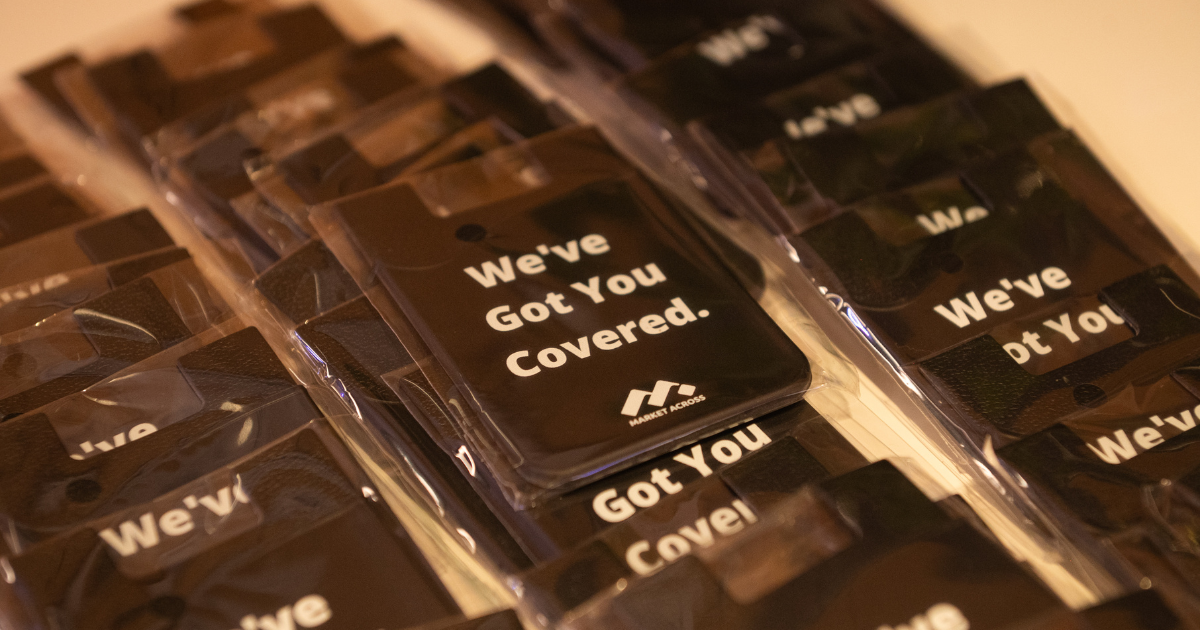
4. Own Your Narrative
You can’t tell a compelling story if you don’t know what it is, who it’s for, and how it uniquely positions you. Your core narrative should answer fundamental questions like “Why now?” and “Why us?” in a consistent and compelling manner.
The key is the ability to adapt your narrative, articulating it in different ways to different audiences, without removing the key message.
When talking to investors, for example, you might highlight your project’s innovative tokenomics and market opportunity. For developers, you might focus on your elegant architecture and open-source contributions.
Think about different personas and how their interests and objectives may vary.
5. Press-Ready Media Kit
When a journalist asks for information, it must be instantly accessible. A single link will do.
It’s highly advisable to prepare a folder containing high-definition logos and photos, concise founder bios, a clear elevator pitch, key milestones, and a list of project talking points.
Although it might seem oversimplified, the better the media kit, the more journalists will like you, respect you, and want to write about you. A thorough media kit makes a journalist’s job much easier.
The impact of these efforts is clearly reflected in our work with Space and Time. When they announced a strategic investment from the Microsoft M12 fund, the months of PR groundwork we’d laid transformed a single news item into a full-scale media event.
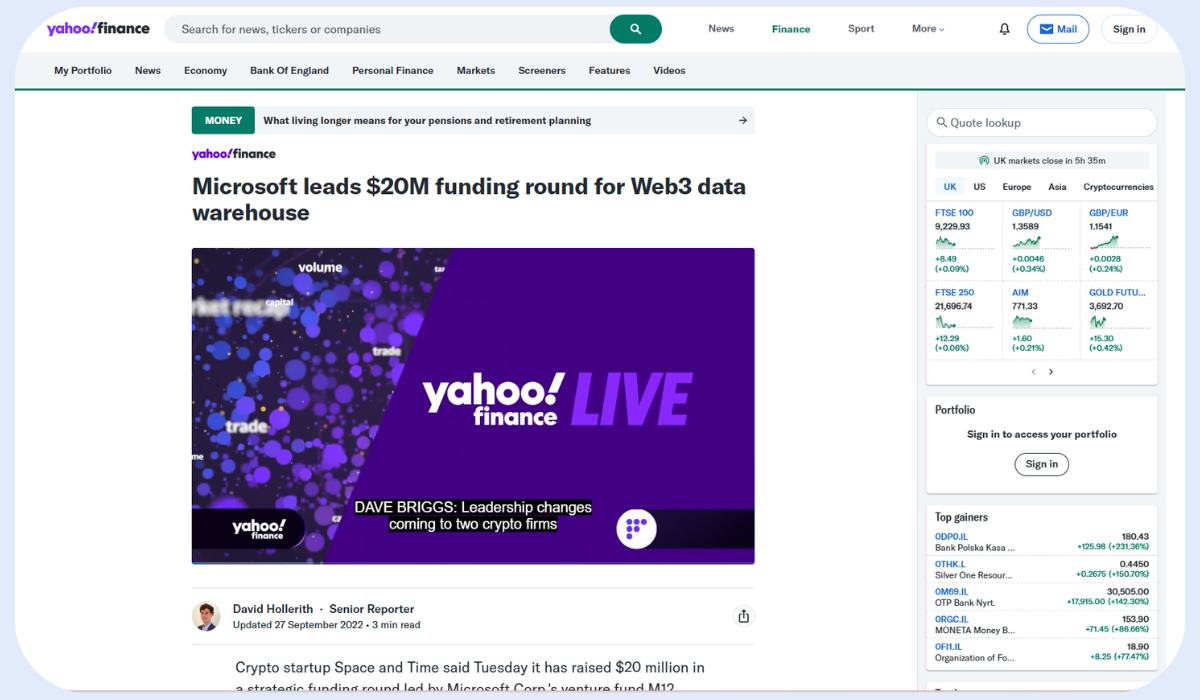
This proactive preparation on our side led to over 200 interviews, news features and social mentions, securing their immediate visibility and cementing their reputation as a rising force in Web3. Without the PR prep, results of this nature are almost unheard of.
The Launch (Making Your Debut Count)
Launch day is your big moment. Don’t waste your time in the spotlight.
1. Find the “Real” Headline
A launch is such a monumental milestone for your team, but for the rest of the world, “We launched” is not a headline.
So, while your community might be celebrating and congratulating, you need to ask why anyone outside of your immediate circle should care. As you begin to think beyond your usual circle, consider what might make your launch relevant to a mainstream audience, or even a publication like Bloomberg.
Could it be the scale of your funding, a first-of-its-kind technological breakthrough, or a unique solution to a major problem? You need to generate intrigue for a compelling narrative to really click. As part of our strategy, we work closely with founding teams to go beyond the obvious and uncover these answers so that you can resonate on a much larger scale.
2. Meticulous Planning
Your rollout must be timed to perfection, and not just the “hello, world” post. Choose between a well-timed exclusive with one publication, or a wide embargo where multiple outlets publish it simultaneously. Here’s a pro tip: avoid publishing at the same time as major Web3 conferences, crypto market volatility, or macro-level chaos.
3. Multi-Channel Distribution
There is a fine art to turning a moment into a lifetime, or at least a full-scale campaign. Don’t just stop at press coverage. Fire up your social team.
What about an announcement video on X, a post on LinkedIn, a community message on Discord and Telegram, and a founder-led AMA on Reddit or X Spaces? Distribute creatively.
Actions speak louder than words. Results speak even louder. We worked with Falcon Finance to manage the announcement of a $10m investment from Trump’s World Liberty Financial (WLFI). By strategically crafting and distributing the news surrounding this impressive partnership, the campaign resulted in 33 pieces of coverage, reaching 81.8m people with an estimated 1.05m views.
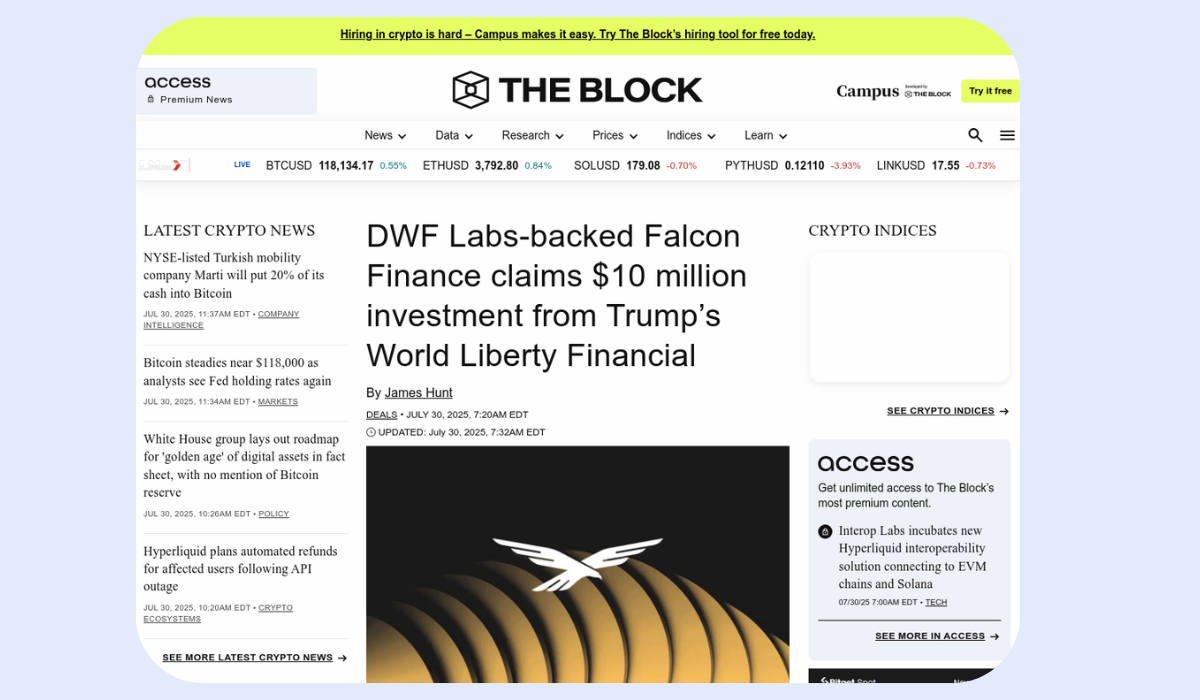
Beyond the press, we also managed to secure a spot for CEO Andrei Grachev on Cointelegraph’s X Space. He used this opportunity to share future predictions for Web3 and establish himself as a key industry voice.
Sustaining Traction (Buzz >> Momentum)
If you’re able to nail the first 48 hours of your PR campaign, you’re already off to a flying start. If you can keep it going for weeks or even months, you’ve achieved the traction you desired.
Some say this continued storytelling approach is a marathon, not a sprint. In reality, it’s a bit of both.
1. Post-Launch Relevance
Keep the news cycle alive with consistent updates, new exchange listings, ecosystem partnerships, and product milestones. These updates keep your project in people’s minds, while providing a steady content stream for your PR team to leverage.
2. Community Involvement
Your community is your best ally and amplifier. They love regular AMAs, behind-the-scenes info, exclusive content, Alpha, and sharing their own stories. Their voices are often more compelling than any marketing copy, and remember, greater inclusion typically equals increased support.
3. Founder Visibility
Your founders are the face of the project, and visibility builds trust. Founder-led marketing pushes them to become industry personalities and thought leaders, compounding their value when leveraged by a talented PR team. You never know what kind of doors may open when your founder works on their public image and reputation.
Another great client case study is Avalanche. They unified communications across multiple initiatives and joint ventures, turning single partnership announcements into a cohesive narrative that showcased major non-Web3 partners and reinforced their leadership.
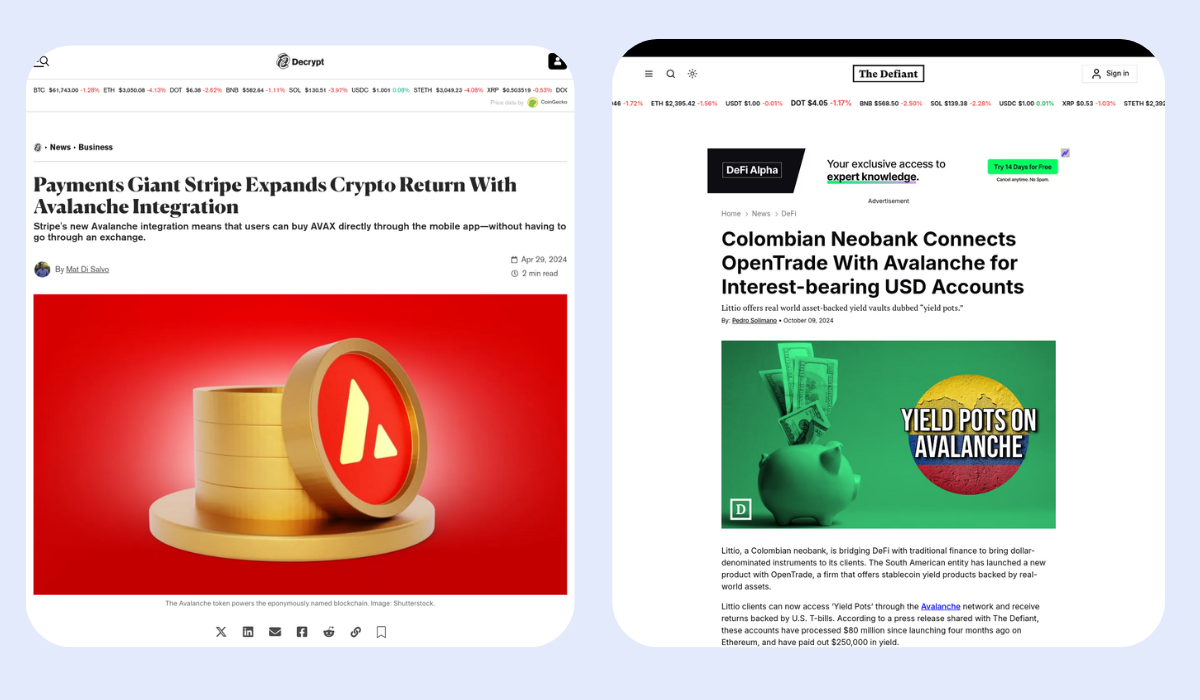
This secured 5.8M estimated views, an online readership of over 3.12 billion, 167 published articles, and 7.62K social shares. Undeniable success.
With a poorly planned campaign, things could easily have gone south. A market crash, competitor launch, or server issue could turn any launch into a disaster.
However, the right PR team can always turn a crisis into an opportunity for growth, with a thoughtful blend of honesty, transparency, vulnerability and strategic communication. Pressure makes diamonds, and good narratives.
Build for the Long Game
Don’t wait for news, drive the conversation. Your PR strategy should do several things well:
- Establish thought leadership (while delivering the news).
- Reach a relevant audience.
- Establish adaptable narratives.
- Build your long-term reputation and credibility.
- Treat a launch as just one arc or chapter in an ongoing story.
- Progress strategically from stealth to launch, from launch to mainnet, until finally you are a market leader.
If you’re ready to move from your “hello, world” moment to a lasting legacy, you can contact us or book a call with our team and take the first step toward building long-term traction.
We’ve done this for years, with hundreds of clients, creating Web3 market leaders with market-leading PR strategies.

